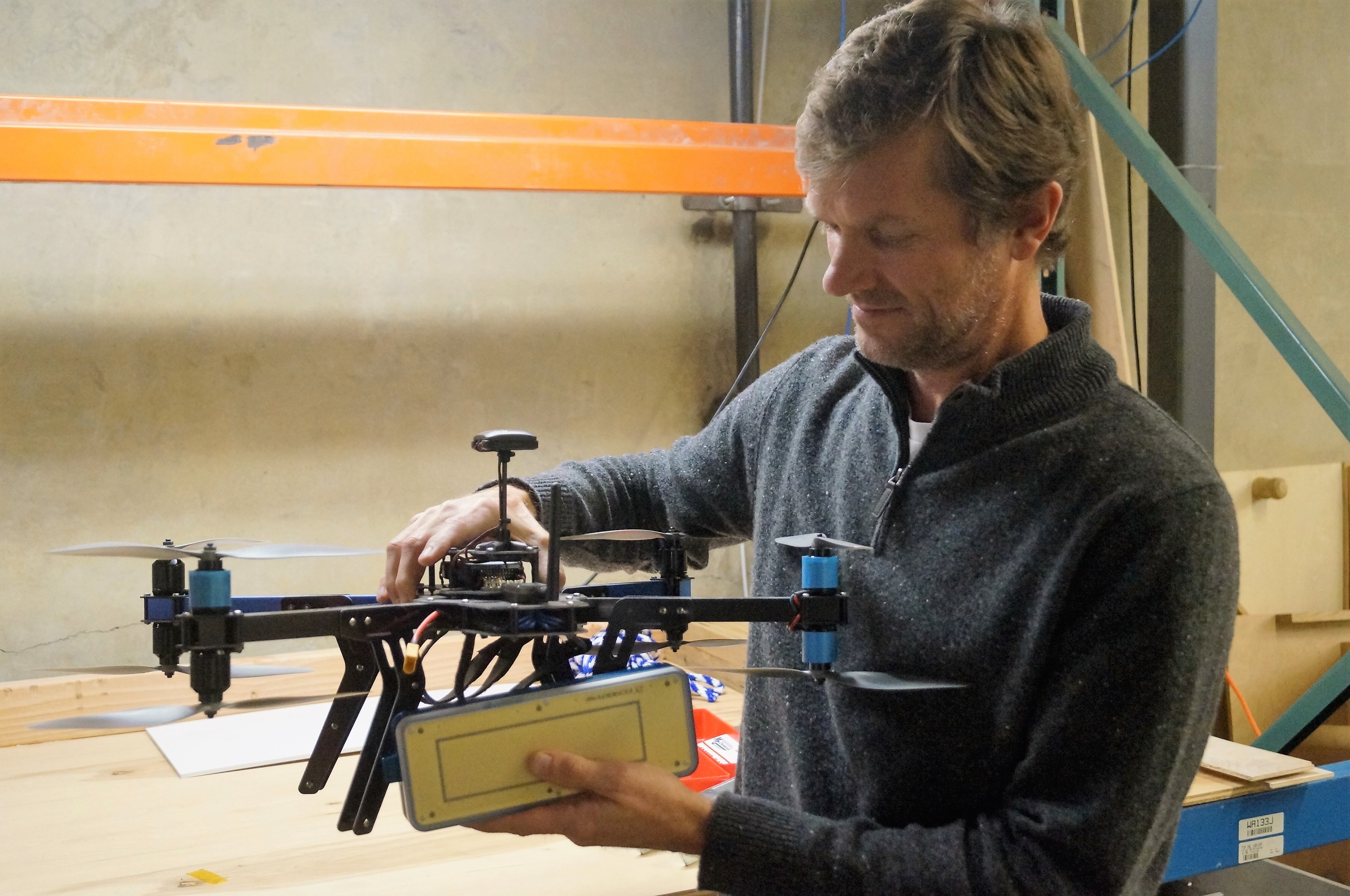EDA study to outline investment needs for future air systems
Saab has outlined the progress made so far in a one-year study into the future of the European military aerospace industry, with its main emphasis being on the technological requirements for unmanned aircraft systems and rotorcraft to enter use around 2035.
Being conducted for the European Defence Agency, the Future Air Systems for Europe study involves companies from 10 of the organisation’s 26 member states. Key players include AgustaWestland, Alenia Aeronautica, BAE Systems, Cassidian, Dassault, Hellenic Aerospace Industries, Selex and Thales. Small and medium-sized enterprises and academic institutions are also involved in the process.
“Member states have stated their interest in maintaining a wide range of aerospace competences but have in particular asked the agency to focus attention on helicopters and UAS,” the EDA says.
A main aspect of the work will be to identify areas of strength and weakness within the European defence industry, and to determine which sovereign capabilities must be retained. Noting the budgetary pressure and reduced investment now being experienced across the continent, the EDA comments: “The current size of Europe’s military air sector does not appear sustainable, and some rationalisation appears inevitable”.
Likely enablers in the rotorcraft sector include new displays, transmissions, fly-by-wire systems and “green” technologies, says Rick Wellesley, AgustaWestland’s senior adviser EU and international affairs. As with unmanned systems, the defence industry will have to leverage investments made in the commercial aviation sector, he adds.
Contracted in mid-2010, the study work began in September 2010 and will culminate with the delivery of a roadmap and implementation plan to participating EDA ministers and national armament directorates during October.
Saab project director Katarina Bjorklund says the group’s recommendations are likely to include that member states launch strategic research and technology and research and development activities “to ensure continuity, develop skills and niche technologies and keep European options open”. She adds: “It will be important to implement the findings.
Contracted in mid-2010, the study work began in September 2010 and will culminate with the delivery of a roadmap and implementation plan to participating EDA ministers and national armament directorates during October.
“We are going to get good results,” believes John Mattiussi, the EDA’s principal officer for defence industry, “We are trying to create the wake-up call with politicians that key technologies are getting increasingly fragile in Europe. Our emphasis is on getting them to spend wisely.”
Craig Hoyle – Flight Global

